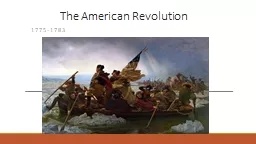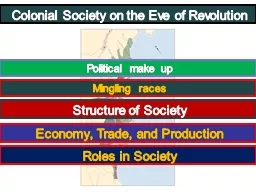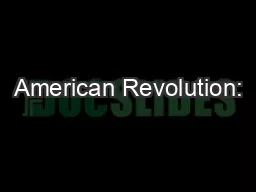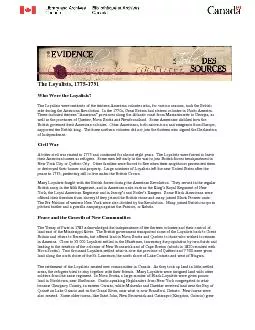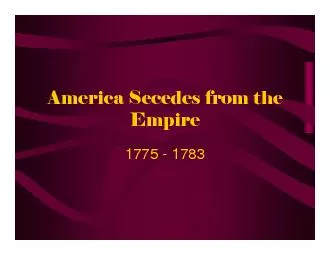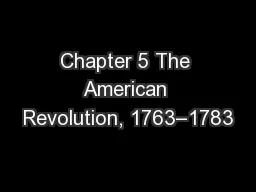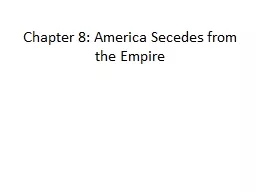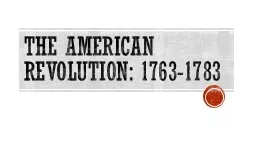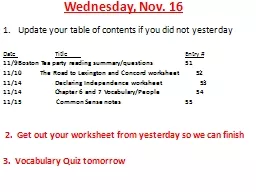PPT-The American Revolution 1775-1783
Author : danika-pritchard | Published Date : 2018-03-08
CATALYST WOULD YOU HAVE BEEN A REVOLUTIONARY IN 1776 WHY OR WHY NOT The Battle of Lexington And Concord April 19 1775 General Gage sent British troops to Lexington
Presentation Embed Code
Download Presentation
Download Presentation The PPT/PDF document "The American Revolution 1775-1783" is the property of its rightful owner. Permission is granted to download and print the materials on this website for personal, non-commercial use only, and to display it on your personal computer provided you do not modify the materials and that you retain all copyright notices contained in the materials. By downloading content from our website, you accept the terms of this agreement.
The American Revolution 1775-1783: Transcript
Download Rules Of Document
"The American Revolution 1775-1783"The content belongs to its owner. You may download and print it for personal use, without modification, and keep all copyright notices. By downloading, you agree to these terms.
Related Documents

